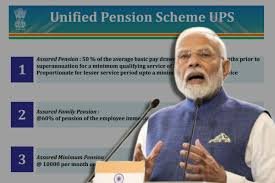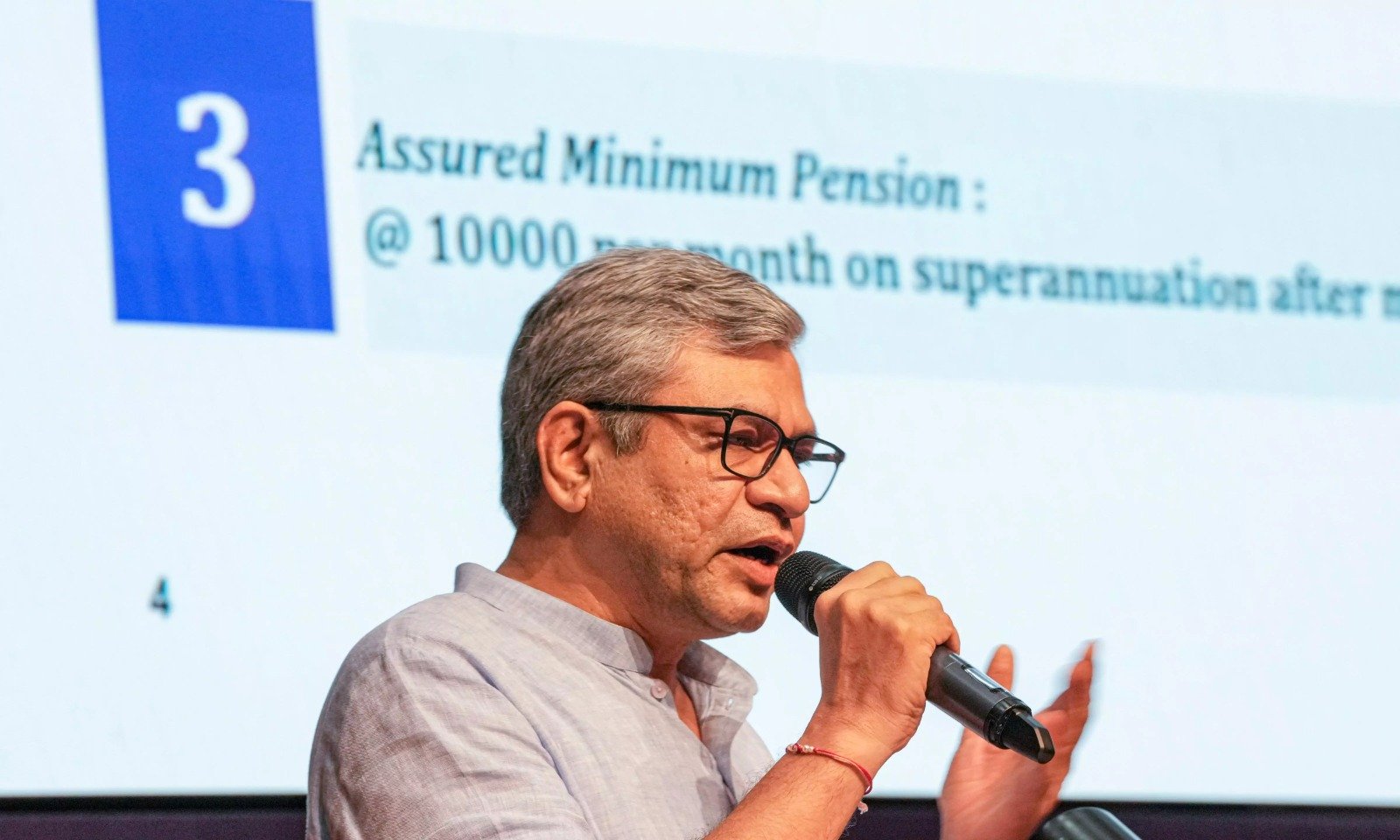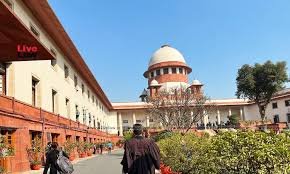HT Bureau
GUWAHATI, Aug 25: In a significant move to enhance the retirement benefits of central government employees, the Union Cabinet, led by Prime Minister Narendra Modi, has approved the Unified Pension Scheme (UPS).
The decision, made on August 24 promises a comprehensive pension plan that ensures financial security for retirees.
The UPS introduces several key features aimed at providing substantial benefits to employees post-retirement. Central to the scheme is the assurance of a pension amounting to 50% of the average basic pay drawn in the last 12 months of service, with a minimum qualifying period of 25 years. For employees with less than 25 years of service, the pension will be prorated, with a minimum service requirement of 10 years.
Additionally, the scheme guarantees a family pension equivalent to 60% of the employee’s pension, payable immediately upon the employee’s death.
To further support retirees, the UPS sets a minimum pension of Rs. 10,000 per month for those who retire after at least 10 years of service.
Inflation protection is another critical aspect of the UPS, as it includes indexation for pensions, family pensions, and minimum pensions to adjust for cost-of-living changes.
The scheme also offers a lump-sum payment upon retirement, calculated as 1/10th of the monthly emoluments (pay plus dearness allowance) for every six months of service, in addition to gratuity.
For retirees under the previous New Pension Scheme (NPS), the UPS will be applicable retroactively, with arrears paid along with interest at Public Provident Fund (PPF) rates.
The Unified Pension Scheme is slated to come into effect on April 1, 2025.
While initially targeting central government employees, the scheme has been designed with flexibility for adoption by state governments, allowing them to extend similar benefits to their employees currently under the NPS.












